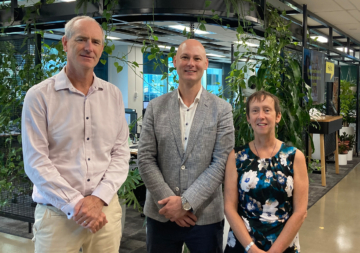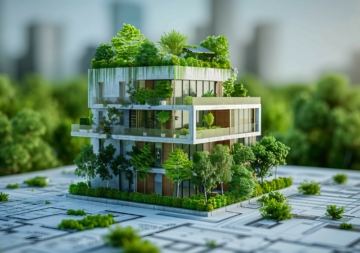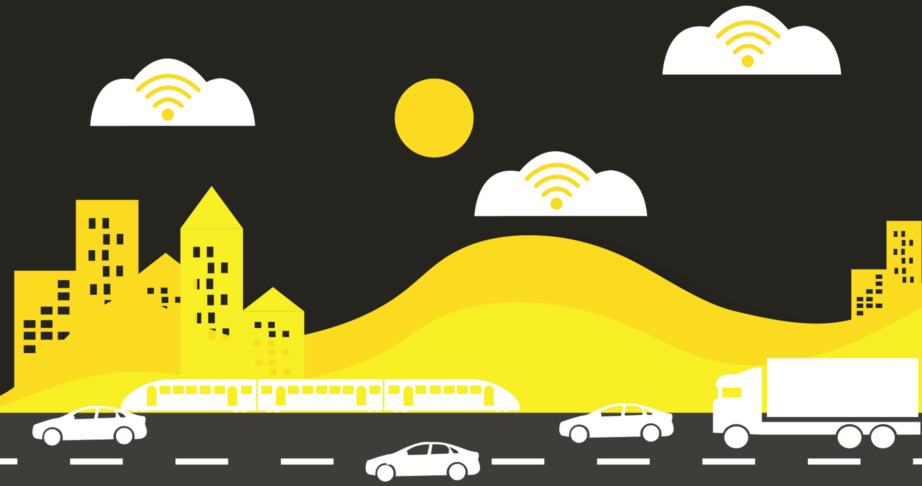
4 March 2022
Building for the Future
The global population is predicted to grow from 7.7 billion in 2019 to 10.9 billion by the end of the century. Australia alone grows by one person every 2 minutes and 37 seconds and by 2056, its population will surpass 42 million. In New Zealand, growth is also expected, with over 6 million residents predicted by 2050.
With most of this growth in capital cities, we must develop forward-thinking property and infrastructure solutions and services to optimise our increasingly limited resources.
The answer lies in technology. By harnessing our technological capability to measure, assess and respond to real-time property and infrastructure usage, we can create smart, responsive and highly economical systems geared towards the actual needs of our communities.
Connected buildings and infrastructure use sensors, intelligent systems and other technology to gain real-time feedback for both governments and citizens. This approach harnesses what is known as the ‘Internet of Things’ (IoT), or (put simply) the idea of connecting any electronic device to the internet and/or to each other.
The IoT is not a new or unfamiliar concept. Indeed, it has become so commonplace in our daily lives that even the least tech-savvy amongst us is likely to have benefited from the convenience, comfort, and valuable insights offered by the IoT. From coffee makers, home hubs, headphones, thermostats, remote door locks, and the deluge of various app-controlled appliances, the IoT is already a central part of our existence. And its prevalence will only continue to grow. Security firm Norton predicts that by 2025, there will be more than 21 billion IoT devices globally.
Within the construction sector, the possibilities offered by IoT technology mark a hugely exciting and significant shift in the way we plan and build our cities and transport networks. As this technology evolves, we progress beyond legacy infrastructure towards increasingly “smart cities” – a term coined to describe the use of data and digital technology to enhance traditional operations and buildings, create new services and make cities more efficient, sustainable, cost-effective and safe.
Smart city technology is built into the fabric of a city. Common elements already emerging in smart city designs include integrated intelligent building systems capable of tracking and responding to tenant usage, CCTV cameras with facial recognition capabilities, LED ‘smart lights’ and sensors, pedestrian trackers and city movement monitoring systems. These innovations use secure wireless connectivity to transform traditional and insentient buildings and infrastructure into reactive and intelligent elements of society.
And the benefits are significant. The comprehensive, real-time data collected by smart city technology allows agencies to watch events as they unfold, understand changing demand patterns, and respond with more effective, sustainable and lower-cost solutions. It also allows citizens to stay and feel connected. Fundamentally, a smart city approach is as much about technology as the people using it.
Some of the key benefits of smart cities include:
- Enhanced civic engagement through accessible, interactive and intuitive tools and portals.
- Reduced environmental footprint through energy-efficient buildings, air-quality sensors and renewable energy.
- Effective data-driven decision-making by collecting and analysing data via connected devices.
- Economic development opportunities through the increasingly important role of smart city technology in enhancing cities’ regional and global appeal to individuals and businesses.
- Improved infrastructure through the ability of smart city technology to provide predictive analytics for the identification and rectification of infrastructure failures.
- Efficient public building and utilities by using technological tools to conserve and reduce inadvertent waste.
As with any revolutionary shift in history – from wagons to locomotives, sail to steamships, and carts to cars – the move to smart cities is a seismic transition from old to new. Historically, these changes were slow to catch on. It took broadcast radio 38 years to reach the first 50 million users. Television took 13 years. By comparison, the web got there in just 4. Due to the rapidity of technological advancement, the pressure of urban sprawl, and the endless cycle of updating, maintaining and improving aging buildings and infrastructure, the deployment of connective IoT technologies is a matter of keeping up and pushing forward.
And while smart city technologies are already being rolled out across the globe, the unique nature of each global metropolis means that while there are lessons to be learned, we cannot simply ‘copy and paste’ the approach of a neighbouring region. We must work around and incorporate existing buildings and infrastructure designed years before the digital revolution.
Further challenges associated with the push towards smarter and more connected cities include:
- Technology challenges centred around coverage and capacity. Smart cities rely on thousands of sensors to gather and send huge volumes of information, and networks need to be powerful enough to handle this volume of data exchange.
- Digital security and the increased risk to personal and national data. With the move towards a digital city comes the increased risk of cyber-attacks and vulnerabilities.
- Legislation and policies to regulate stakeholders, support economic development, maintain benefits for the city’s population and allow growth in research-and-development investment.
- Funding and business models to meet the inherent costs of deploying complex infrastructure and smart city technologies.
- Educating and engaging the community to ensure citizens are on board and willing to interact with new technologies.
- Lack of experienced professionals to prepare a strategy to achieve smart city project success. Traditional infrastructure specialists must now call upon the skills and input of bonafide tech experts.
Despite these inherent challenges, developing and implementing innovative and long-term technology-based property and infrastructure strategies is the only way to ensure the future-proofing of urban locales. In a nutshell, the world has entered a new age in construction design and development. Facing denser populations and increasing strain on buildings and infrastructure networks, We must embrace connected technology to maintain and further create sustainable and liveable urban spaces.
Conversations need to take place between the government, private enterprise, stakeholders, citizens and the tech community to ensure the deployment of united, comprehensive and ultimately successful smart city strategies.
TSA and Smart Cities
Committed to generating positive community impact, TSA’s people channel their expertise to deliver intelligent and innovative property and infrastructure projects. Below is a snapshot of TSA projects featuring integrated, ‘smart city’ technologies:
Sundrop Farms Horticultural Project. Approximately 320 kilometres north of Adelaide in the small South Australian city of Port Augusta, Sundrop Farms opened the only facility of its kind in the world. 20-hectares of fully automated greenhouses holding 500,000 tomato plants use sunlight and seawater to produce 17,000 tonnes of fruit each year. Its innovative systems allow the facility to harness Australia’s arid climate to access unlimited and virtually free heating, cooling, energy and irrigation. The project was a massive success and continues to be a beacon of sustainable development worldwide.
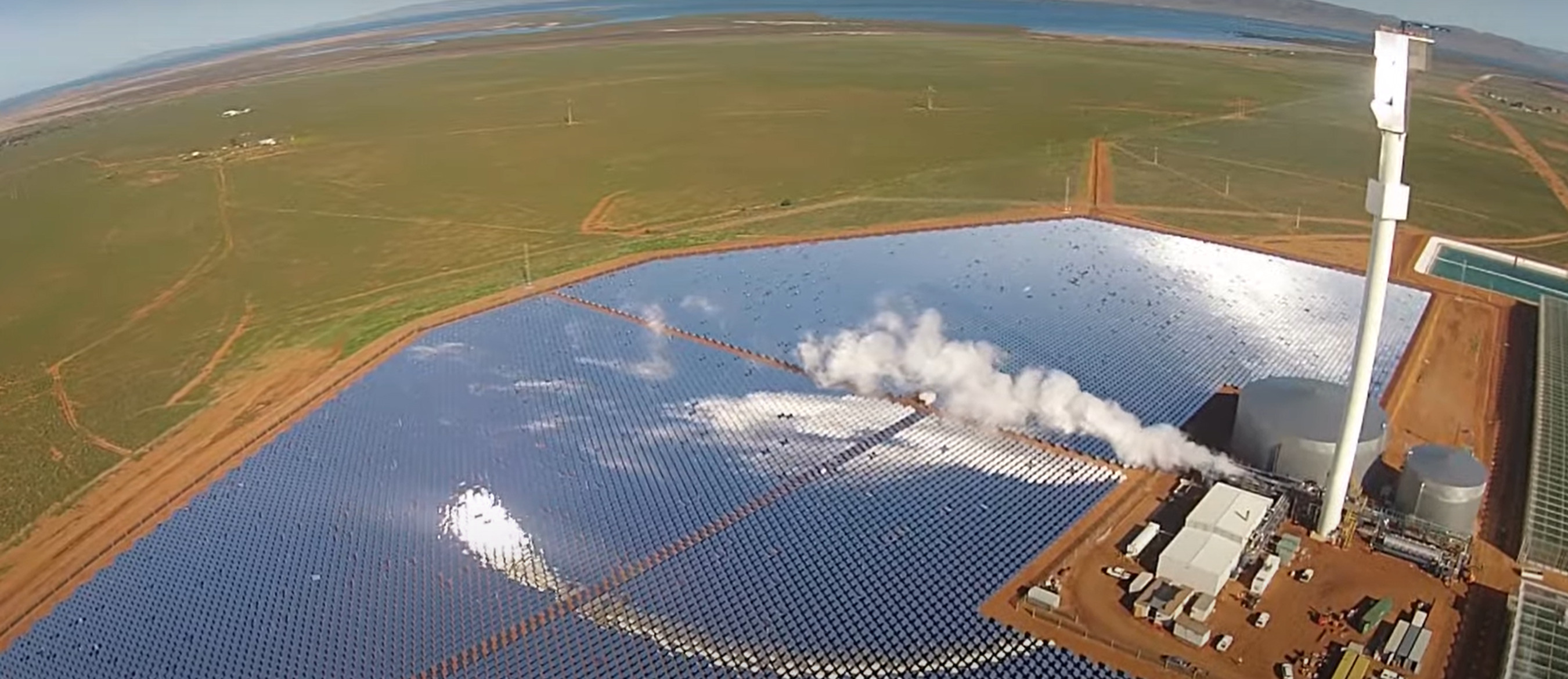
Sundrop Farms, Port Augusta, South Australia
M4 Smart Motorway, Transport for NSW. The M4 was the first motorway in Sydney to introduce intelligent technology. Spanning 50 kilometres and completed in 2020, the project is designed to give motorists a smoother and more reliable journey through the use of road sensors, traffic cameras, ramp signals and overhead gantries. These technologies monitor and manage traffic without human intervention.
Barrack Place, Investa. Barrack Place in the heart of Sydney’s CBD includes 22,000sq.m of A-Grade office space and retail over 18 levels. The project was awarded Australia’s first-ever WELL Core and Shell Gold Precertification by the International WELL Building Institute. The building employs an intuitive and energy-saving ‘Organic Response’ lighting system, which only activates in occupied spaces. It also features numerous interactive displays, allowing users to influence the building’s performance and a low energy, low noise underfloor ventilation system.
OneSKY Program, Melbourne, Brisbane and Perth, Airservices Australia. The OneSKY program delivers Australia’s future civil-military air traffic control system (CMAT), providing a Single Flight Data Region with Shared Use Airspace for both military and civil aircraft. The new system is the most advanced and integrated air traffic control system globally and will provide capability to accommodate substantial air traffic growth. The program will help reduce congestion, open more efficient air routes, and reduce flight times, resulting in a reduction in greenhouse emissions. One trial flight from LA to Melbourne with a new flight path saved about 10,000 litres of fuel.
UTS Central, University of Technology Sydney. This curvaceous 17-storey building features an innovative twist, which means no two floor plans are the same. With a graceful glass façade, a bespoke sun shading system controls solar penetration, regulating light and internal temperatures. The geometric panels on the building’s northern façade are also programmed to respond to the sun’s movements across the calendar year to control the temperature of the building.
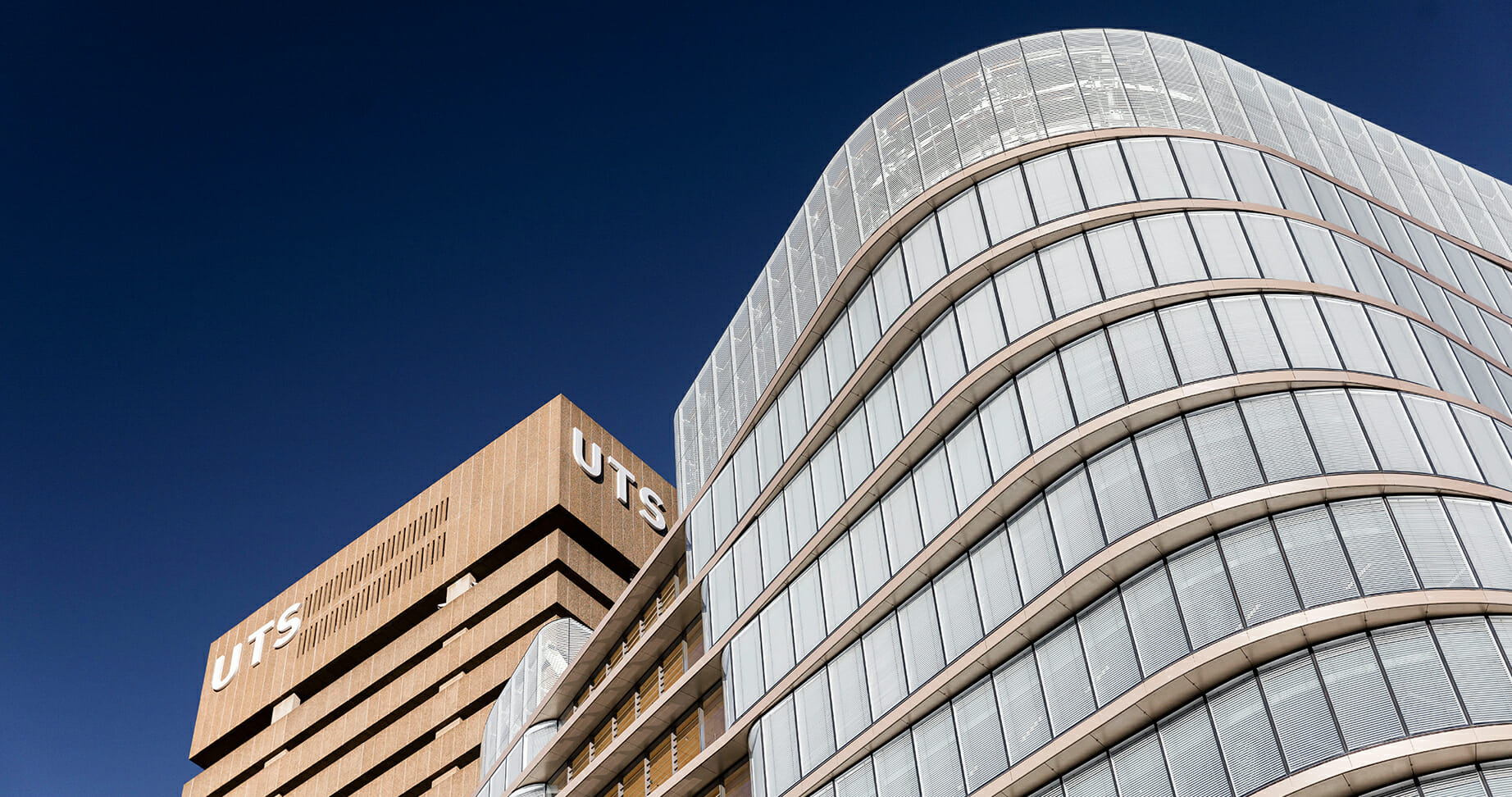
UTS Central – Facade, image credit: Andy Roberts
B:Hive, Smales Farm, Auckland. Hailed as New Zealand’s most future-focused, co-working building, the B:Hive features an innovative and sustainable approach to place, space and people. After-hours lighting activated by occupancy provides safe and energy-efficient pathways of light outside of regular working hours. The building also features Daylight Harvesting, which automates the lighting closest to windows depending on whether sufficient natural light is available.
Sydney Metro, Transport for NSW. Sydney Metro is Australia’s first fully automated rapid transport system designed to provide fast, safe, and reliable transport for users. Digital Train Control (a system of controlling trains by a computer and specially constructed crew training system) enables more capacity on the network through increased efficiencies. This technology is also being integrated into existing train networks through TfNSW’s More Trains More Services Program and has already increased services on several Sydney train lines.
To find out how TSA can assist with the integration of smart technologies into your next project, reach out to James Marsden, GM Strategy and Innovation by email.
